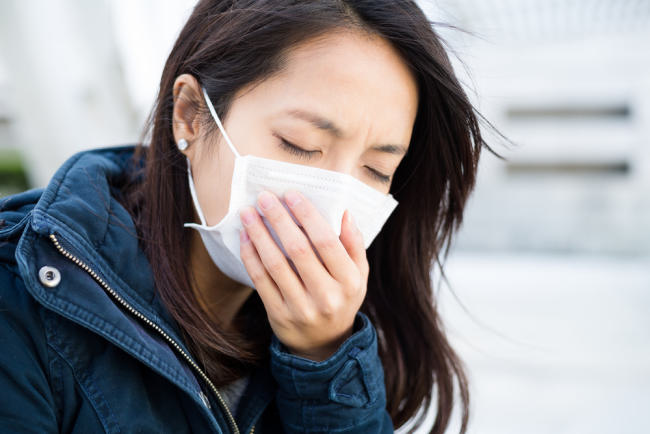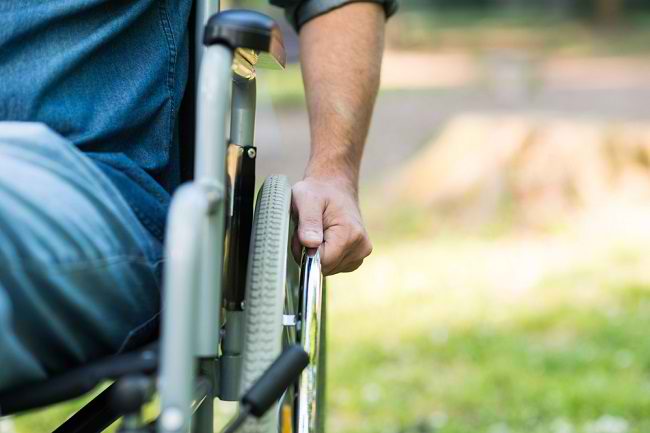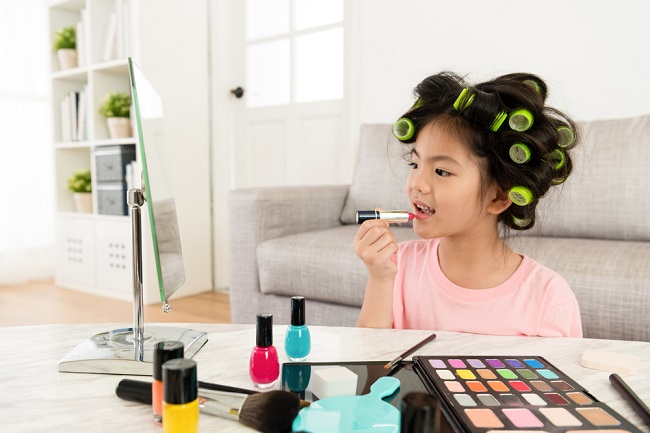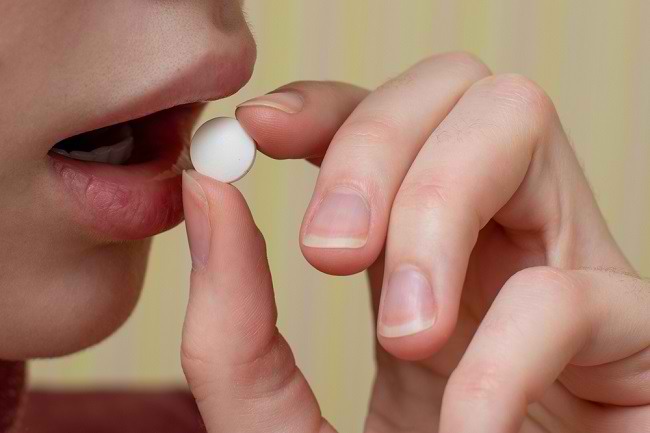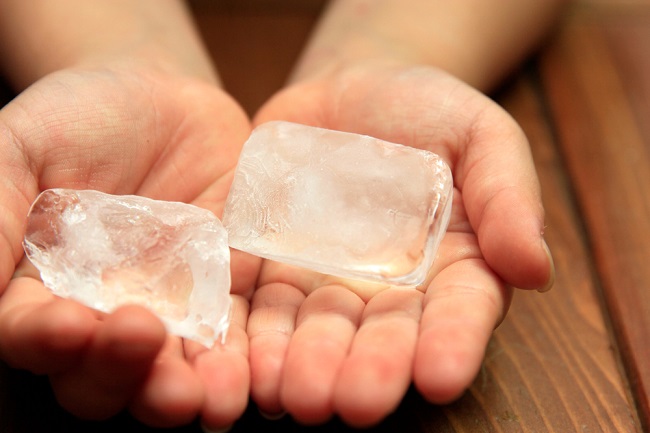Cosmetic tattoos are becoming increasingly popular because they can improve or help enhance your appearance. Women usually use cosmetic tattoos to shape eyebrows, redden lips, blush or cover lack of skin pigmentation (vitiligo).
The use of cosmetic tattoos can shorten a woman's time to dress up. This permanent makeup that can be applied to eyebrows, lips, cheeks, and skin that lacks pigmentation will stay permanently like a regular tattoo.

However, you also need to know that there are some risks from using cosmetic tattoos.
Advantages of Cosmetic Tattoos
Cosmetic tattoos are permanent, so you no longer have to bother with reapplying lipstick, shaping eyebrows, applying blush, or covering up vitiligo using make-up. Your lips and cheeks will always look rosy, and your eyebrows won't smudge even if you swim.
For people who experience eyebrow loss (alopecia) and lack of skin pigmentation (vitiligo), cosmetic tattoos are also useful for camouflaging these conditions. You no longer need to bother to cover this shortcoming with make-up every time I travel.
Although the benefits offered look tempting, do not carelessly make a cosmetic tattoo. You have to do it in a licensed place, know the manufacturing process, including the dangers that lurk.
Cosmetic Tattoo Application Process
The process of using lip, cheek and eyebrow tattoos is generally the same as tattoos on other parts of the body. Tattoos will be applied with needles that contain pigments or coloring agents on the skin, known as micropigmentation.
Before getting a tattoo done, you should ask the tattoo maker about the safety of the pigment or dye used to avoid allergic reactions. Then, do an allergy test (patch test) to reduce the risk of an allergic reaction after the cosmetic tattoo is applied.
If an allergy test has been done and it is considered safe, the tattoo maker will make a pattern on the area to be tattooed. This area will be smeared with pain relief gel. Next, the pigment will be injected into the surface of the skin using a sterile vibrating needle.
During the process, you may feel a stinging sensation on the tattooed skin area. After that, the tattooed skin area will be red and swollen.
The color of cosmetic tattoo pigments that are applied to the skin will also look so thick and slippery. However, don't worry because it will fade to your desired color after 3 weeks.
After the tattoo process is done, you are advised to compress the tattooed area with a cold compress or apply an antibiotic ointment to prevent infection.
Post-tattoo, you also need to avoid sun exposure for a few weeks. So, if you want to travel during the day, apply sunscreen to all skin, including tattooed skin.
The Risks and Dangers of Cosmetic Tattoos
Cosmetic tattoo procedures are actually relatively safe as long as they are done by professionals or experts. Therefore, get a cosmetic tattoo done by a dermatologist or beautician, or a certified tattoo artist.
These professionals are usually more concerned with the safety of the process than tattooing. They generally use sterile tools and color pigments that are safe to apply to the skin.
Although relatively safe, once again you still have to consider the risks and dangers of cosmetic tattoos. These risks and hazards include:
1. Allergies
As previously stated, some people are prone to experiencing allergic reactions which are generally triggered by tattoo pigments or dyes.
Allergy symptoms can be mild or severe. In mild symptoms, the tattooed area may have swelling, a rash, itching, redness, peeling, or scaly skin.
In severe allergic reactions, symptoms that appear can include intense itching or burning sensation around the tattoo, pus coming out of the tattoo, to fever. If these symptoms are experienced, immediately consult a doctor.
2. Infection
Skin infections can occur if you tattoo at a beauty salon that is not certified because the salon may use tattoo inks that are not suitable for use on the skin, such as printer ink or car paint. Skin infections are also possible if bacteria or viruses enter the injured skin as a result of the tattoo process.
Skin infections are not the only ones because serious blood-borne diseases due to the use of unsterile tattoo tools or needles, such as hepatitis C and HIV, are also possible. So, pay attention to the ink and the cleanliness of the tools used so that you avoid these diseases.
3. Damaged skin tissue
The next risk of using cosmetic tattoos is granulomas, which are abnormalities in body tissues due to inflammation. In addition to granulomas, you may also develop keloids around the tattooed area due to the overgrowth of scar tissue.
4. MRI Complications
If you have an MRI (mmagnetic resonance imagic), permanent make-up may affect the scan results due to the interaction between the magnetic field of the MRI and the iron oxide content in cosmetic tattoo pigments. This can cause mild inflammation, although this is rare.
5. Skin color becomes striped
The application of permanent makeup that is not planned is also at risk of bringing unsatisfactory results. As a result, you may feel the need to remove the tattoo with a laser. In addition to causing pain, tattoo removal can also make the tattooed skin lighter (striped) or even leave scars.
The risks above can be different for each person. So, if other people do not experience the above complaints after applying cosmetic tattoos on their bodies, it does not mean that you are also free from any risk.
Applying and changing or removing cosmetic tattoos is not as easy as one might think and carries risks. Pay close attention from all sides so that the use of tattoos really brings benefits and does not become regrets in the future.
